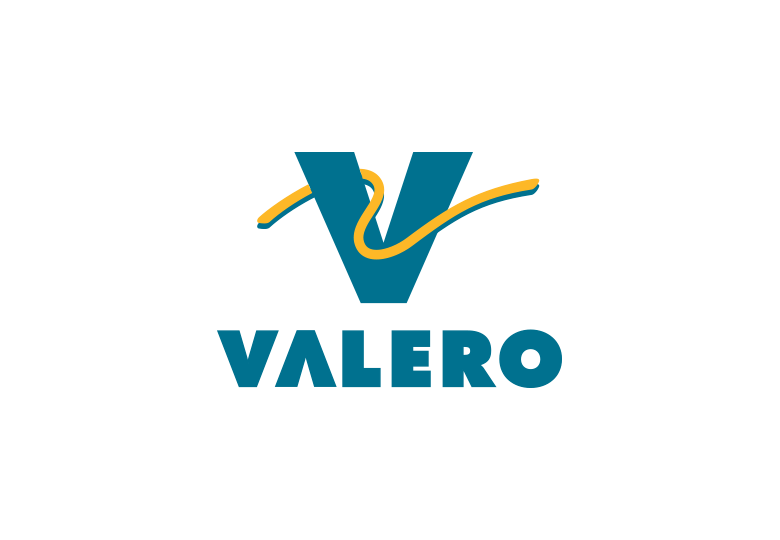by John Levy, CFA, Franklin Templeton Investments
No single, unified best practice has yet emerged for impact investing, and a proliferation of methodologies and metrics has introduced an element of confusion. Simply navigating through all the resources available to impact investors can be a challenge. In the second post in this three-part series, our Franklin Real Asset Advisors team, in collaboration with consulting firm Tideline, help guide us through what they call the “five building blocks” of effective impact management.
As impact investing gathers pace, investors are refining their approach from an early emphasis on impact measurement—the practice of quantifying impact outputs and outcomes—to focus on impact management, a forward-looking approach that integrates impact considerations into each stage of the investment process. This new focus aims to understand an investment’s impact more fully and improve social and environmental performance throughout the lifetime of an asset.
The different frameworks and tools available to impact investors can be classified into five broad categories: objectives, standards, certifications, methodologies and metrics. These building blocks come into play at different stages of the impact management process. The table below illustrates a selection of the most prominent and widely accepted examples in each category.

Objectives
The numerous interpretations of impact objectives have posed a challenge to investors and entrepreneurs seeking to align around a shared set of goals. As an extension of the Millennium Development Goals launched in 2000, the creation of the UN Sustainable Development Goals (SDGs) was a significant step forward in the pursuit of a universal framework. These goals have helped align the public, private and philanthropic sectors around 17 broadly recognised social and environmental priorities.
Many asset owners and managers are either designing new investment strategies to support the SDGs or highlighting how existing strategies are aligned with the goals. Of investors who responded to Global Impact Investing Network’s (GIIN’s) 2019 survey, 60% track the performance of at least some of their impact investments to the SDGs.1 Another 15% plan to do so in the future.2
However, a challenge for investors is the lack of clarity on what precisely it means to be “aligned with” or to “advance” the SDGs. Several efforts are underway to spell out what this means in practice, including the United Nations’ Principles for Responsible Investment (UNPRI) market map, the Dutch SDG Investing Initiative and the United Nation’s Development Program’s (UNDP’s) SDG Impact, among others. A more precise definition will help impact investors communicate more clearly about their goals, better set expectations and strengthen accountability.
Standards
In light of unsubstantiated impact claims, or “greenwashing,” standards can help investors be more confident about what social and environmental practices are expected of them, and inform society of what to expect of impact investors.
The market has been eager for a set of industry-wide best practices, and in 2018, the International Finance Corporation (IFC) released the Operating Principles for Impact Management. The principles were developed in partnership with more than 15 organisations to encourage authenticity and transparency on the part of investors. By following the IFC’s principles, investors can more readily assess the impact of their strategies. However, as no specific practices are prescribed, this can present some challenges for investors.
Certifications
Impact investing is still a burgeoning space where identifying impactful companies, assets or fund managers can be challenging. Certifications can be used by investors as valuable indicators in screening and due diligence, as well as to demonstrate and report impact performance. They help to verify the quality and validity of impact approaches and build trust between parties.
Third-party certifications range from sector-specific ratings to much broader multi-sector benchmarks. They include standards for particular industries, such as the Building Research Establishment Environmental Assessment Method (BREEAM) for sustainable real estate and Aeris Impact Management Ratings in US community development, as well as broad ratings such as the Global Impact Investing Rating System (GIIRS) for the fund management industry and the B Impact Assessment to certify B Corporations, a class of impact-seeking enterprises.
Despite the proliferation of certifications, many asset owners are still not armed with enough nuanced data to gain comfort in asset managers and their impact management processes. In the coming years, more flexible and robust certifications need to be created to better and more precisely assess impact management strategies across asset classes.
Methodologies
Universal methodologies like the Impact Management Project’s dimensions of impact (What, Who, How Much, Contribution, and Risk) are emerging as best practice for the industry and have been adopted by a diverse group of investors and entrepreneurs. However, it is still common for investors to customise the Impact Management Project’s methodology or develop their own to fit their unique priorities and needs.
Metrics
Before the development and adoption of standard metric sets like the Global Impact Investing Network’s (GIIN) Impact Reporting Investment Standards (IRIS) and the sustainability metrics developed by the Global Reporting Initiative (GRI), some companies and investors measured social and environmental impacts, but it was impossible to compare performance.
Approaches for what to measure and how to report on impact varied widely. The credibility of impact measurement suffered as a result, causing some to be skeptical of impact investing more broadly.
Benefitting from nearly a decade of use and refinement since it was first introduced, IRIS has emerged as the most widely recognised and applied framework for metrics among impact investors. IRIS combines metrics from different industries into one central system.
According to the 2018 GIIN survey, 59% of respondents use IRIS metrics in their impact management practice.3 While often a core resource, many investors have found it beneficial to supplement IRIS metrics with proprietary metrics, qualitative information, and/or additional external frameworks and standards. As such, the most common approach for investors surveyed by the GIIN is to use a combination of select standard, portfolio-wide metrics with other indicators as appropriate.
These five building blocks enable the practice of impact management to be more efficient, robust and consistently implemented. To understand how the tools are used in practice, we will explore their use in a particular strategy in part three of this series.
Robust systems for impact management that are embedded end-to-end in the investment process have come to play a central role in the maturing impact investing market. Drawing on a suite of tools and frameworks—ranging from broad objectives to precise impact metrics—investors are increasingly empowered to understand, manage, and improve the social and environmental outcomes of their investments.
Get more perspectives from Franklin Templeton Investments delivered to your inbox. Subscribe to the Beyond Bulls & Bears blog.
For timely investing tidbits, follow us on Twitter @FTI_Global and on LinkedIn.
Important Legal Information
This material is intended to be of general interest only and should not be construed as individual investment advice or a recommendation or solicitation to buy, sell or hold any security or to adopt any investment strategy. It does not constitute legal or tax advice.
The views expressed are those of the investment manager(s) and the comments, opinions and analyses are rendered as at March 2019 and may change without notice. The information provided in this material is not intended as a complete analysis of every material fact regarding any country, region or market.
Data from third party sources may have been used in the preparation of this material and Franklin Templeton Investments (“FTI”) has not independently verified, validated or audited such data. FTI accepts no liability whatsoever for any loss arising from use of this information and reliance upon the comments, opinions and analyses in the material is at the sole discretion of the user. Products, services and information may not be available in all jurisdictions and are offered outside the United States by other FTI affiliates and/or their distributors as local laws and regulation permits.
Please consult your own professional adviser for further information on availability of products and services in your jurisdiction.
What Are the Risks?
All investments involve risks, including possible loss of principal. The value of investments can go down as well as up, and investors may not get back the full amount invested. Actively managed strategies could experience losses if the investment manager’s judgement about markets, interest rates or the attractiveness, relative values, liquidity or potential appreciation of particular investments made for a portfolio, proves to be incorrect. There can be no guarantee that an investment manager’s investment techniques or decisions will produce the desired results.
____________________________________
1. Source: Global Impact Investing Network (GIIN) Annual Impact Investor Survey 2019. This report captures data from 266 impact investors collected via a survey distributed during January and February 2019.
2. Ibid.
3. Ibid.
This post was first published at the official blog of Franklin Templeton Investments.















